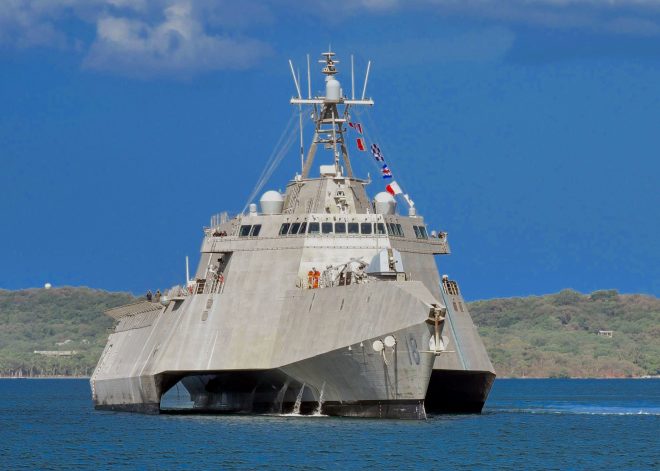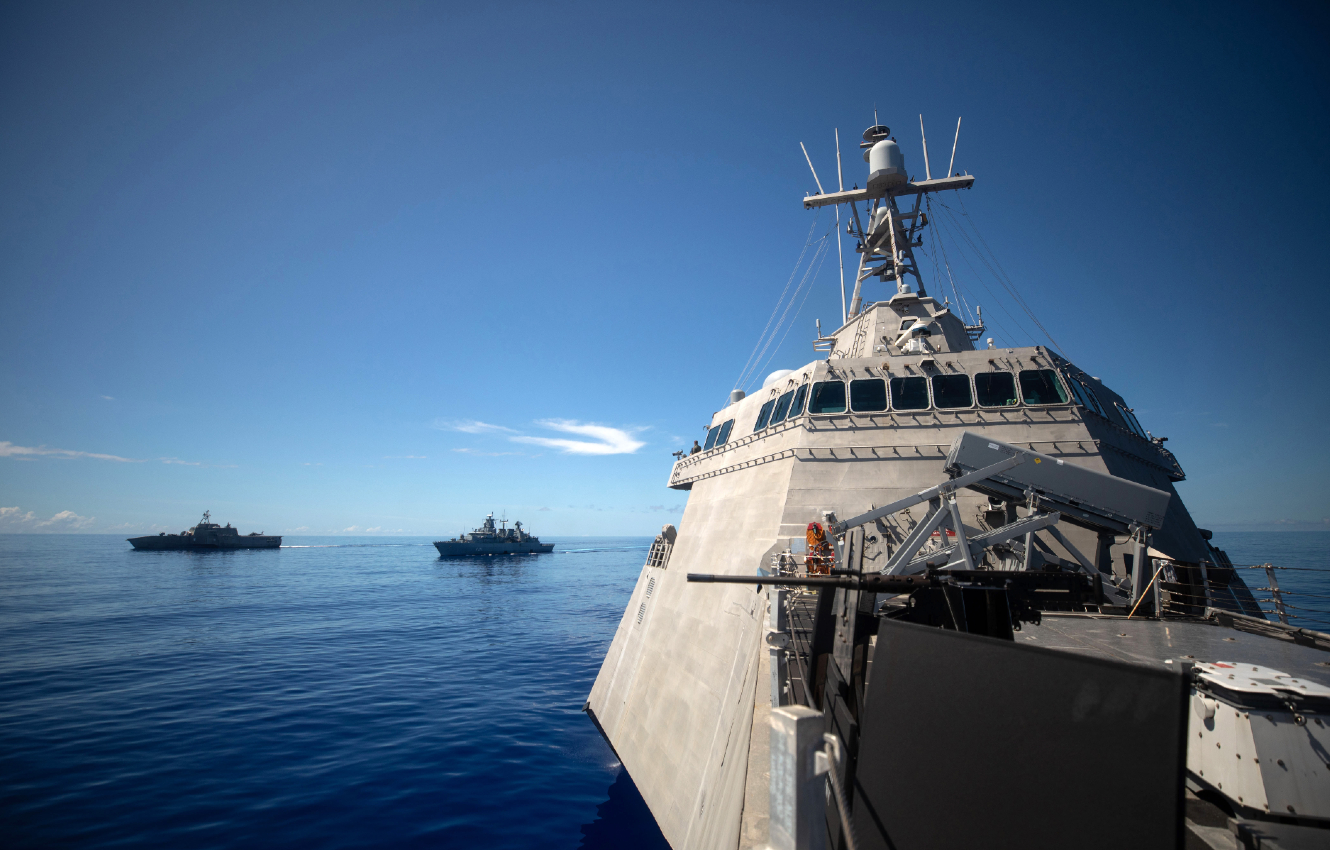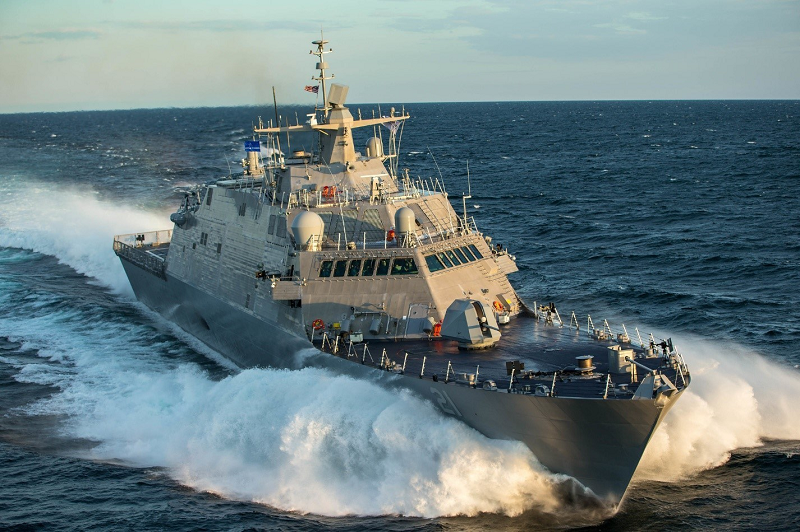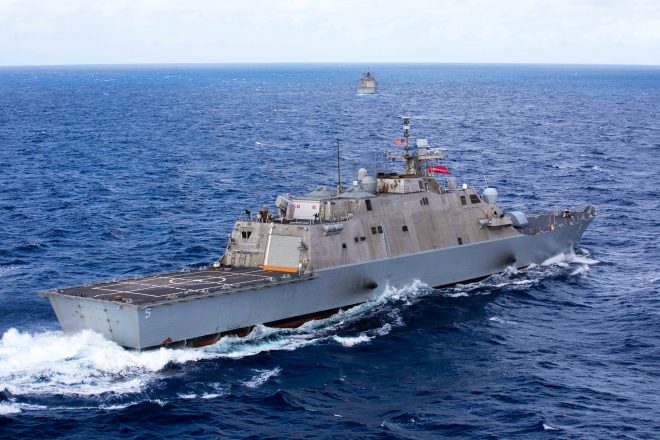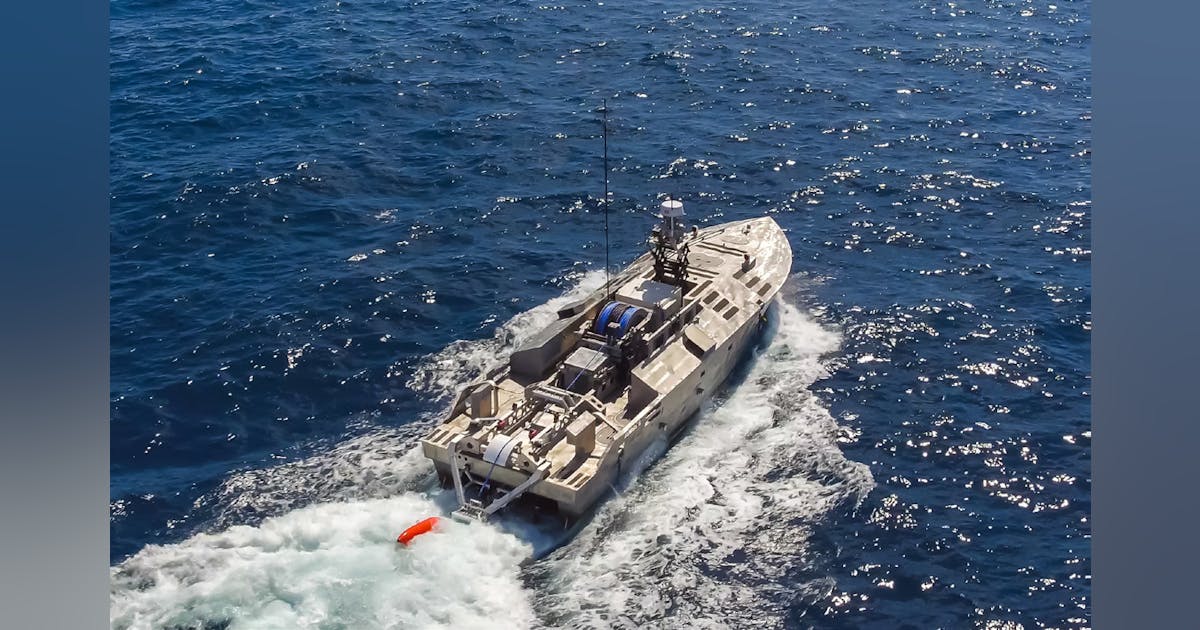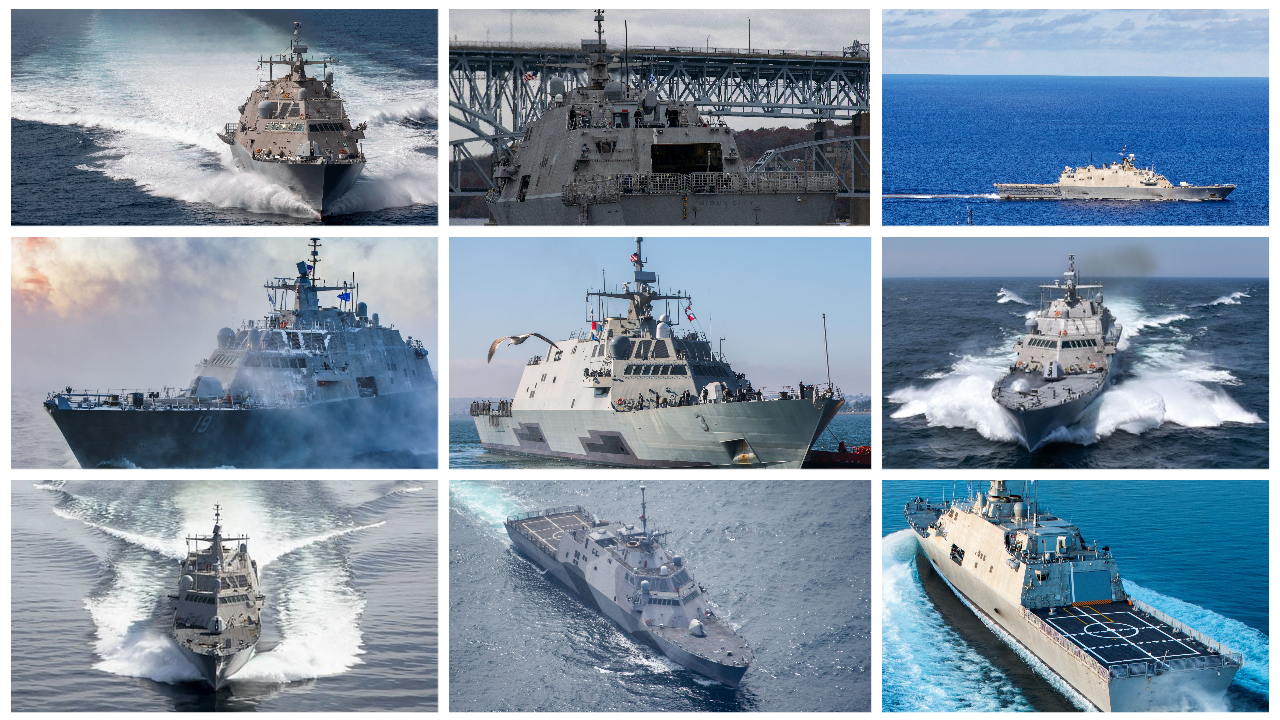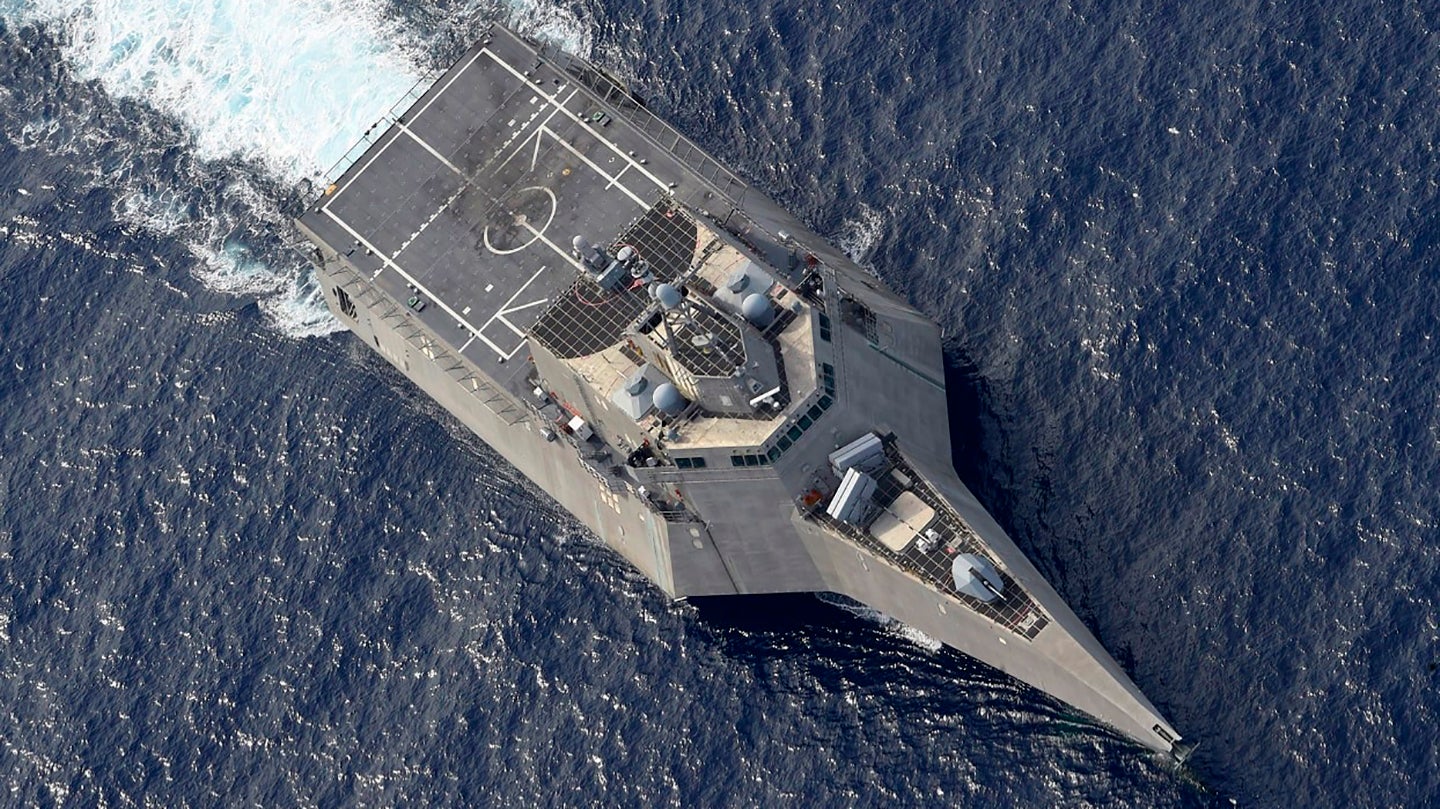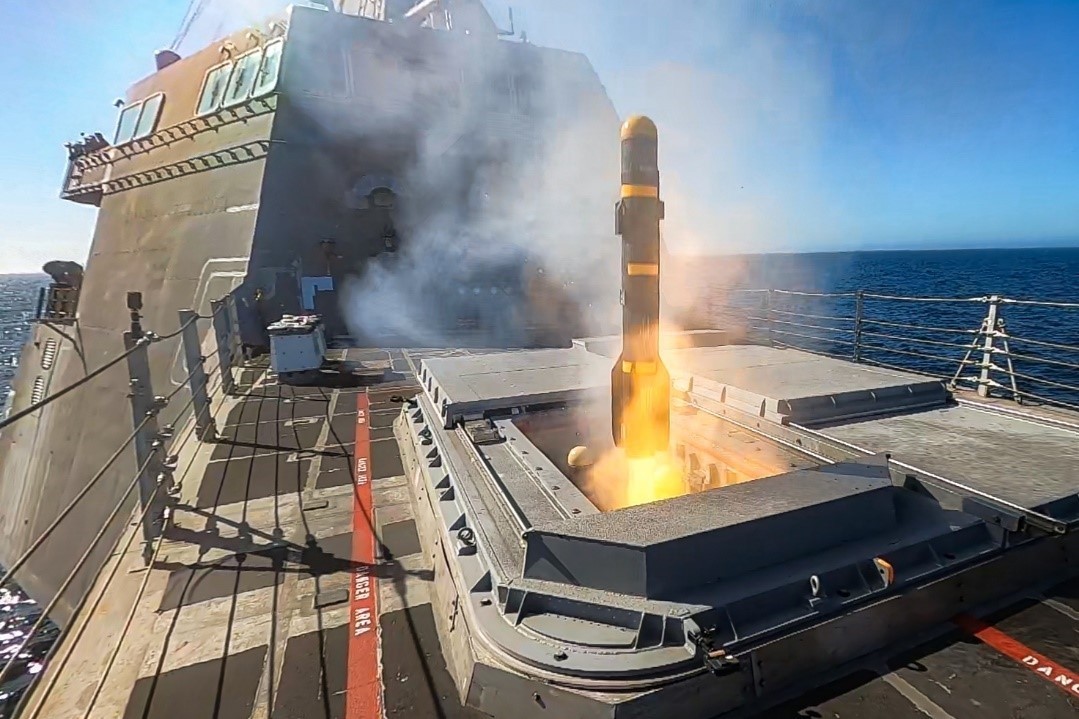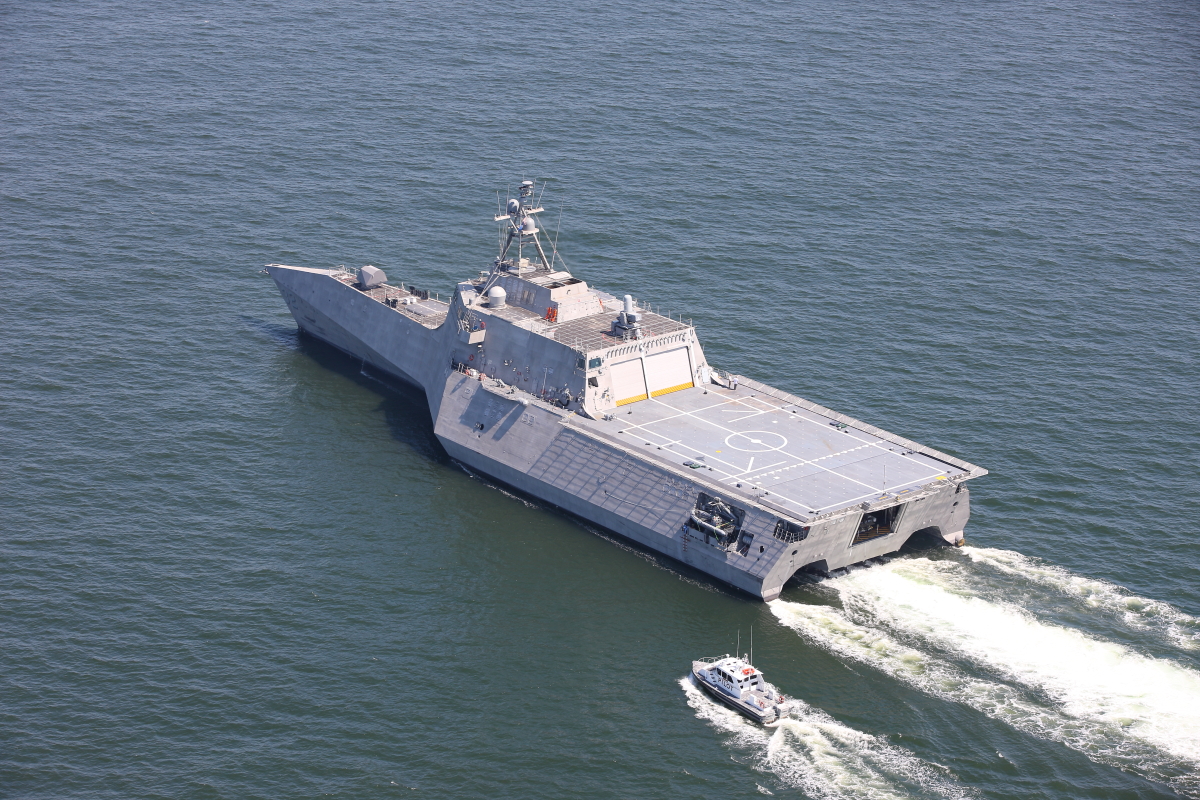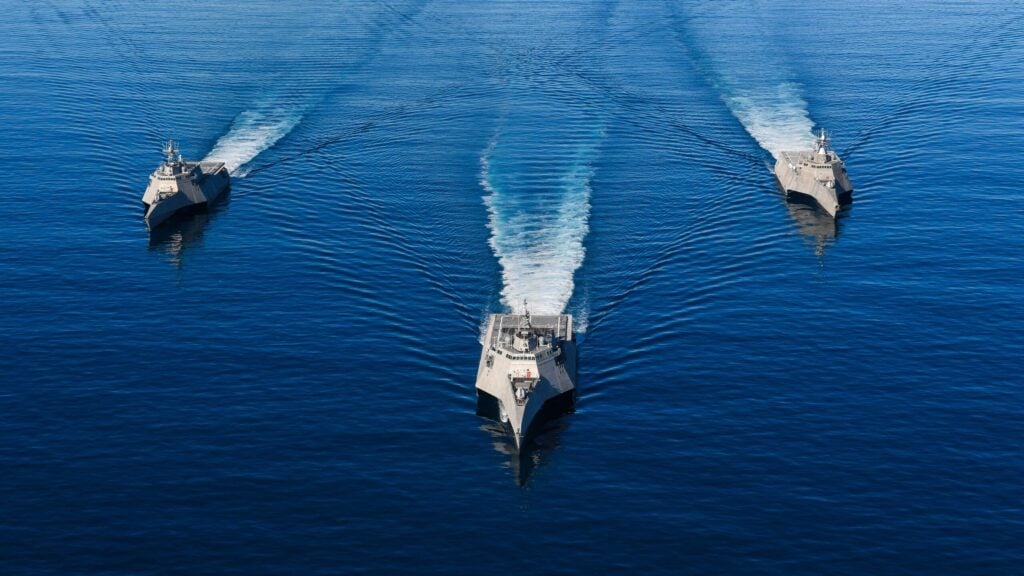I am still baffled why the LCS designers did not adopt the well-proven Stanflex model.
I have an explanation, though it's 100% opinion.
There is of course, 'not invented here,' but that doesn't explain why there is no modularity to armament on ships that were designed to be modular.
My theory is that the LCS was, first and foremost, designed to be politically acceptable within the Navy, which meant not only was it was designed for missions no established community (air, surface warfare, submarine) wanted:
- shallow water ASW
- mine clearance
- fighting small boat swarms
. . . but also that it was designed for
only those three roles. It was critical that the LCS could not be seen as being in competition with any of the three communities pet, gold-plated, projects. This meant that not only did all 'on ship' armament have to be very short ranged and weak, it also had to mean that it was impossible to upgrade that armament into an alternative to "real" ships (or aircraft), thus Stanflex, or even any "invented here" equivalent, was off the table.
If the LCS could take Stanflex, then there would be questions like "why not load a Stanflex full of Harpoons" or "what about using the Mk48 VLS to launch Sea Sparrow missiles", which would have forced more conversations about fire control radars and EW/ECM, which could have led down the path to congress looking at surface warfare trade offs between the LCS and real, manly, blue-water ships. It also would have forced discussions about a 76mm / Harpoon / Sea Sparrow armed ship that traded off a helicopter for more on board equipment. Threatening ship procurement ticks off the surface warfare community and fewer helos (and the de-emphasis of helos as the LCS only viable weapons) would tick off the aviation community so it was politically unacceptable inside the Navy to go with a modular weapons approach.
Long story short, the LCS was deliberately
designed not only to have pathetic surface to surface / subsurface armament, but also to make sure that it was difficult to impossible to upgrade it to better armament later; it's a feature, not a bug
